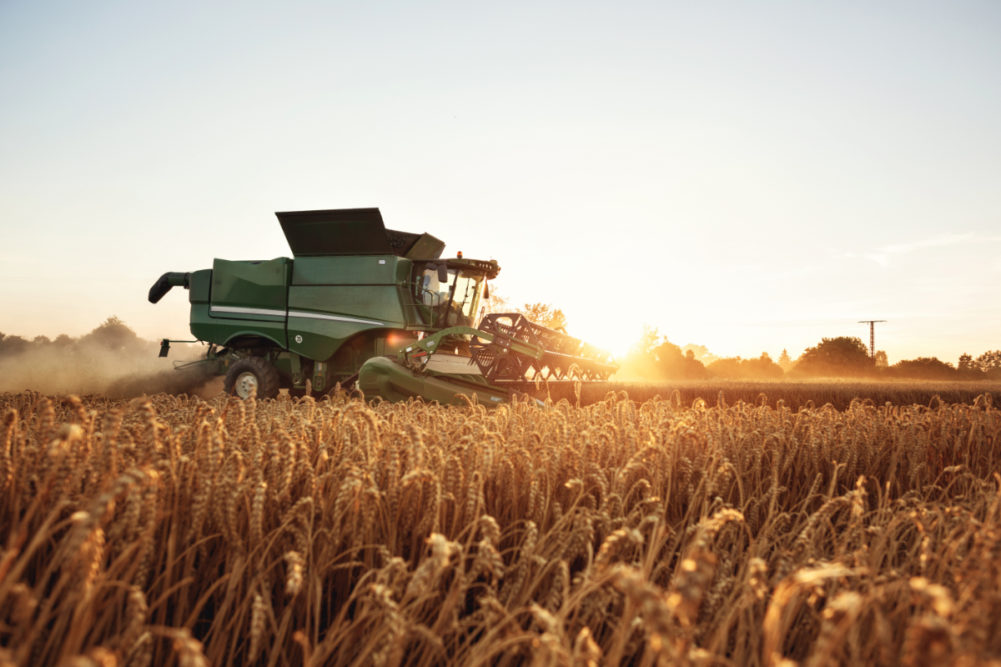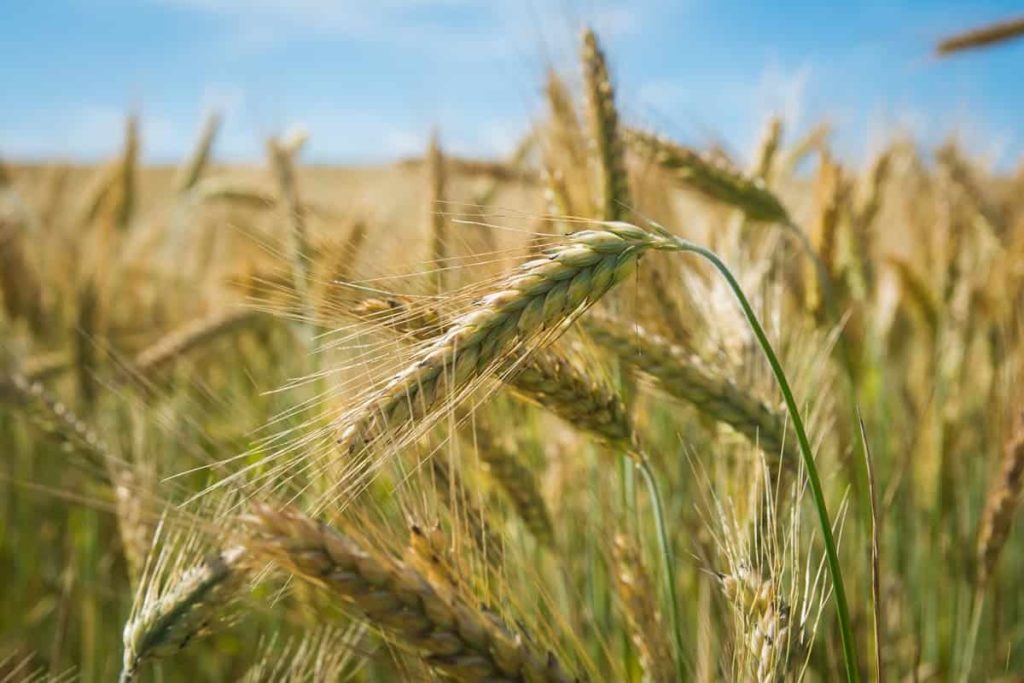The sight of a combine harvester gliding across a golden field is an iconic image of modern agriculture. These powerful machines have revolutionized farming, increasing efficiency and productivity. But are combines all sunshine and rainbows? Like any technology, they come with a price tag, both economic and environmental. So, let’s delve into the complex world of combines, exploring the pros and cons of their use and evaluating if farming without them is a viable alternative.
On the Economic Side:
Pros:
Increased efficiency: Combines harvest and thresh grain in one go, saving time and labor compared to manual methods. This translates to lower production costs and potentially higher profits for farmers, especially those with large fields.
Economies of scale: Combine ownership often involves co-operatives or custom harvesters, allowing smaller farms to access the technology without the upfront investment.
Reduced waste: Combines minimize grain loss during harvest, leading to higher yields and economic gains.
Cons:
High initial cost: Purchasing and maintaining a combine is expensive, creating a barrier for small-scale farmers.
Fuel consumption: Combines are guzzlers, contributing to operational costs and greenhouse gas emissions.
Limited adaptability: Combines may not be suitable for all crops, terrains, or farm sizes, potentially forcing farmers into specific production methods.
Environmental Impact:
 Pros:
Pros:
Reduced soil compaction: Compared to traditional tractors and plows, combines can exert less pressure on the soil, promoting better water infiltration and nutrient cycling.
Lower labor requirements: This can indirectly reduce the environmental impact of transporting and housing farmworkers.
Precision harvesting: Newer models offer features like GPS guidance and yield mapping, allowing for targeted harvesting and potentially reducing resource use.
Cons:
Greenhouse gas emissions: Combine fuel consumption contributes to climate change, a significant environmental concern.
Habitat destruction: Large-scale combine use can lead to habitat loss for wildlife and disrupt natural ecosystems.
Soil erosion: Improper combine use can exacerbate soil erosion, reducing long-term fertility and productivity.
The No-Combine Alternative:
While combines offer undeniable benefits, some argue for exploring alternatives, particularly for small-scale or sustainable farms. These might include:
Smaller, more fuel-efficient machinery: Walk-behind combines or specialized harvesters for specific crops can be more environmentally friendly options.
Manual harvesting: Labor-intensive, but can be suitable for small farms, preserves soil health, and offers greater flexibility in crop selection and planting methods.
Cover cropping and no-till farming: These practices improve soil health, reduce erosion, and potentially boost yields without relying on heavy machinery.
The Verdict? It’s Complicated:
There’s no one-size-fits-all answer. The decision to use a combine depends on various factors, including farm size, crop type, budget, and environmental priorities. While combines offer economic benefits and efficiency, their environmental impact cannot be ignored. Exploring alternatives and adopting sustainable practices can help mitigate these concerns. Ultimately, the goal is to find a balance that ensures food security while protecting our planet.
Remember, this is just a starting point. You can further personalize the blog by:
Adding specific examples and data to support your points.
Highlighting innovative solutions and technologies that address the challenges.
Encouraging readers to share their thoughts and experiences in the comments.
By fostering open discussion and exploring different perspectives, you can create a valuable resource for anyone interested in the future of sustainable and responsible farming.

